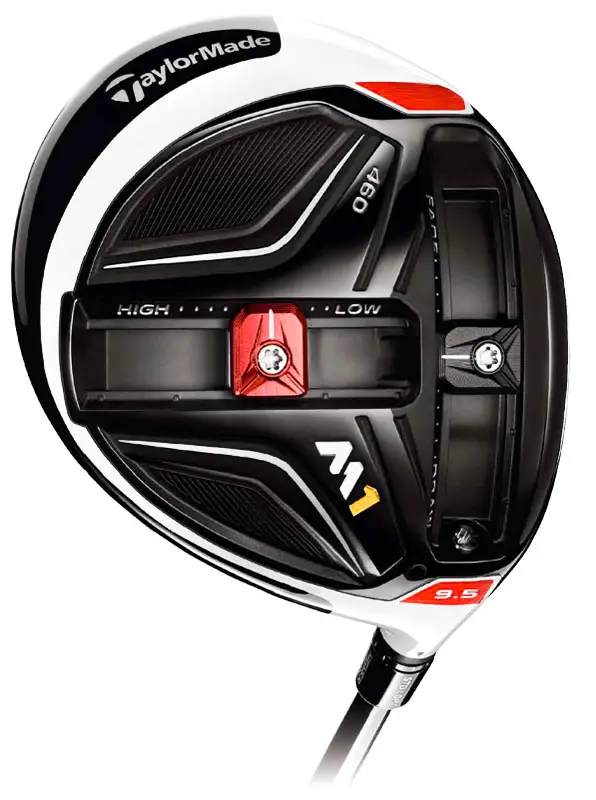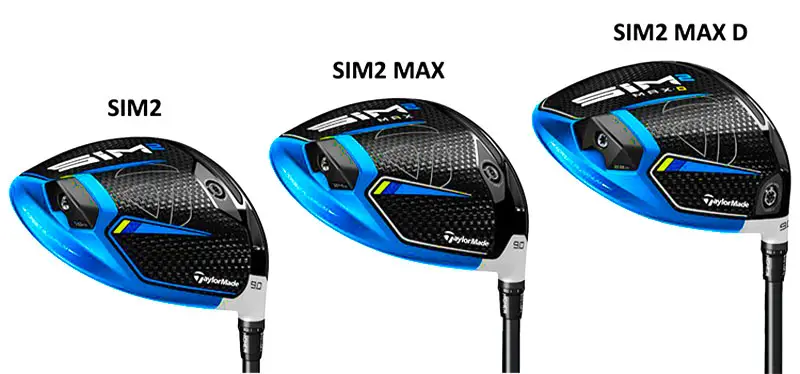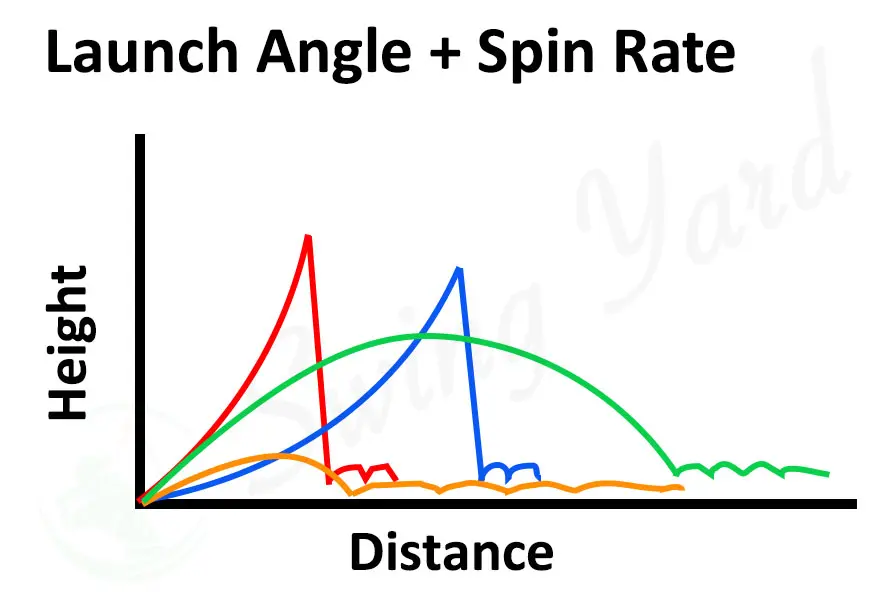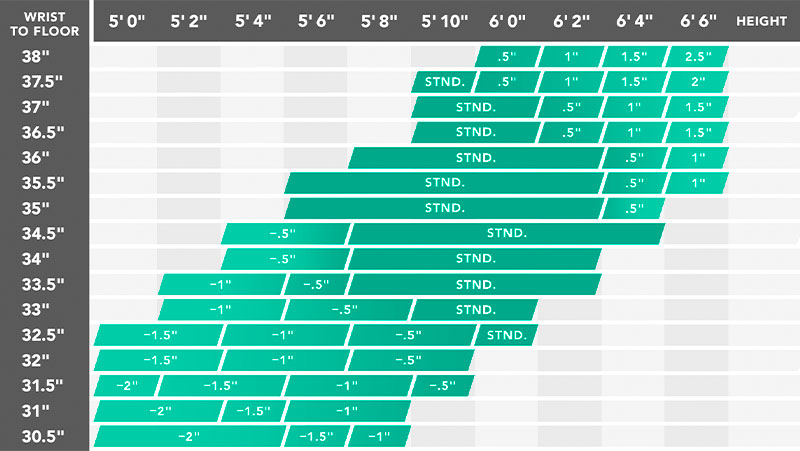
By Coach Erik Schjolberg – Feb 23, 2024
Contents
Every TaylorMade Driver By Year and Release Date
TaylorMade Drivers by Year:
| Year Released | TaylorMade Driver Models | Price / Where to Buy We earn commission if you make a purchase, at no additional cost to you. |
| 1979 | Original “M1” or 1 Metalwood | |
| 1980 | Pittsburgh Persimmon | |
| 1983 | Burner | |
| Tour Burner | ||
| 1988 | Burner Plus | |
| 1995 | Bubble Shaft Burner | |
| 1997 | Bubble Shaft Burner 2 | |
| 2000 | 300 Series (300, 320, and 360) | |
| 2002 | R510 | |
| R540 | ||
| R580 XD | ||
| Burner 420 | ||
| 2003 | R510 TP | |
| R360 XD | ||
| 2004 | R5 Dual Type W,N,D | |
| 2005 | r7 | |
| r7 Quad TP | ||
| r7 460 | ||
| r7 425 | ||
| r7425 TP | ||
| r5 Dual TP | ||
| 2006 | r7 Draw | |
| r5 XL N | ||
| r5 XL D | ||
| 2007 | r7 CGB Max | |
| r7 SuperQuad | ||
| Burner | ||
| Burner TP | ||
| Burner Draw | ||
| Burner Women’s | ||
| 2008 | r7 Limited | |
| r7 Limited TP | ||
| Tour Burner | ||
| Burner TP | ||
| 2009 | R9 | |
| R9 460 | ||
| 2010 | R9 SuperDeep TP | |
| Burner SuperFast | ||
| 2011 | R11 | |
| Burner SuperFast 2.0 | ||
| 2012 | R11 S | |
| RocketBallz | ||
| RocketBallz Tour | ||
| RocketBallz Bonded | ||
| Burner SF 2.0 | ||
| 2013 | R1 | |
| RBZ Stage 2 Bonded | ||
| RBZ Stage 2 Tour TP | ||
| 2014 | SLDR 460 | |
| SLDR 430 | ||
| SLDR White | ||
| SLDR Jetspeed | ||
| SLDR-S Mini | ||
| 2015 | Aeroburner | |
| R15 460 | ||
| R15 430 | ||
| 2016 | M1 430 | |
| M1 460 | ||
| 2017 | M1 440 | |
| M2 | ||
| M2 D-Type | ||
| 2018 | M3 | |
| M3 440 | ||
| M4 | ||
| M4-D | ||
| 2019 | M5 | |
| M5 Tour | ||
| M6 | ||
| M6-D | ||
| Original One Mini | ||
| M-Gloire | ||
| 2020 | SIM | |
| SIM MAX | ||
| SIM MAX-D | ||
| 2021 | SIM2 | |
| SIM2 MAX | ||
| SIM2 MAX-D | ||
| 300 Mini | ||
| M4 Women’s | ||
| 2022 | Stealth | |
| Stealth Plus | ||
| Stealth HD (High Draw) | ||
| Stealth HD Women’s | ||
| Stealth Gloire Men’s | ||
| Stealth Gloire Women’s | ||
| Kalea Premier Women’s | ||
| 2023 | Stealth 2 | |
| Stealth 2 Plus | ||
| Stealth 2 HD | ||
| Stealth 2 HD Women’s | ||
| BRNR Mini | ||
| 2024 | Qi10 | |
| Qi10 LS | ||
| Qi10 Max |
TaylorMade Driver Model History:
Did you know that TaylorMade was the very first company to make a metal driver?
That’s right, up until that historic day in 1979, all drivers had been constructed from laminated persimmon wood… hence the name ‘1 Wood’ (or the more common ‘fairway wood’ you still hear today).
It was only later, after the metal club heads began to catch on, that the term ‘Driver’ started to rise in popularity. After all, it didn’t make much sense to call it a ‘Wood’ anymore right?
Birth of the Metalwood
Gary Adams, the founder of TaylorMade, was a simple golf equipment salesman in the 1970s. But he had an idea to create a ‘wood’ made from metal.
He took out a $26,000 loan on his house, and with the help of 3 employees, created a single product:
A 12° driver cast from stainless steel.
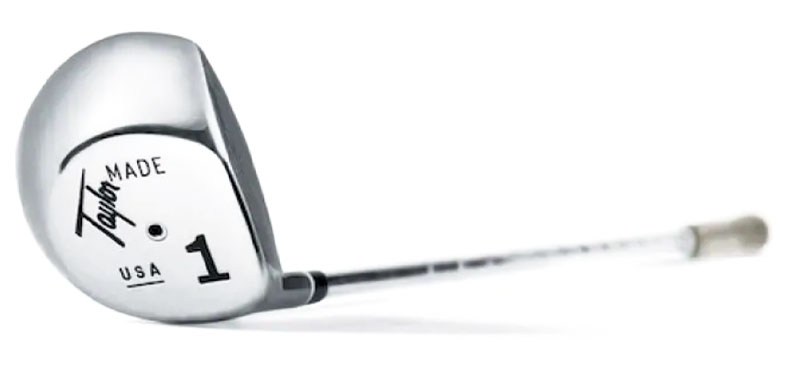

Little did they know, these old TaylorMade drivers would change the golf industry forever!
The Original “M1” and the Pittsburgh Persimmon
When the first metal driver came out, it was simply the ‘1 Metal’, or the “M1” if you will.
But less than a year later, Adams put out a handwritten sign reading “Pittsburgh Persimmon” referring to the driver head’s steel construction.
The nickname stuck and TaylorMade began etching it into the rest of the drivers in the line.
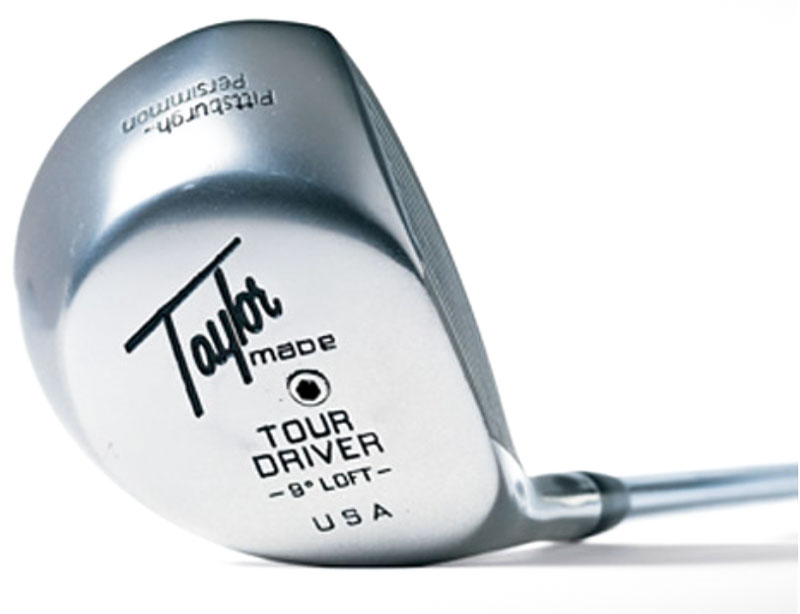

And thus, the TaylorMade Pittsburgh Persimmon driver was born in 1980.
TaylorMade Burner Drivers by Year
The first Burner was introduced as a 7° driver in 1983.
TaylorMade also introduced different versions of the club to accommodate various golfer’s skill levels… the Burner and Tour Burner, which ultimately found its way into 147 tour pro’s bags that same year.
Later, the Burner was used to win the 1988 U.S. Open Championship by Curtis Strange, who beat out Nick Faldo in a playoff, giving TaylorMade its first major victory.
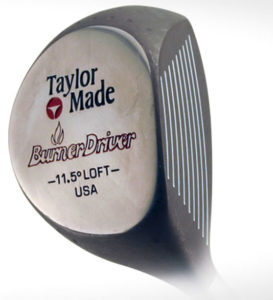

A few years later, the Bubble Shaft Burner would claim the 1994 Masters championship with just a prototype.
The official Bubble Shaft Burner was released in 1995, officially the first graphite shaft in golf.
The Burner would make a few reprises in the early to mid 2000’s, and again in 2015 as the Aeroburner Driver.
The R series Drivers
In early 2002, the Inverted Cone Technology (ICT) made its debut in the R510, R540, and R580 TaylorMade Drivers.
The ICT was a major breakthrough in the industry, which significantly increased the size of the COR zone to give consistently longer tee shots. This earned TaylorMade the “Best of What’s New Award” from Popular Science Magazine.
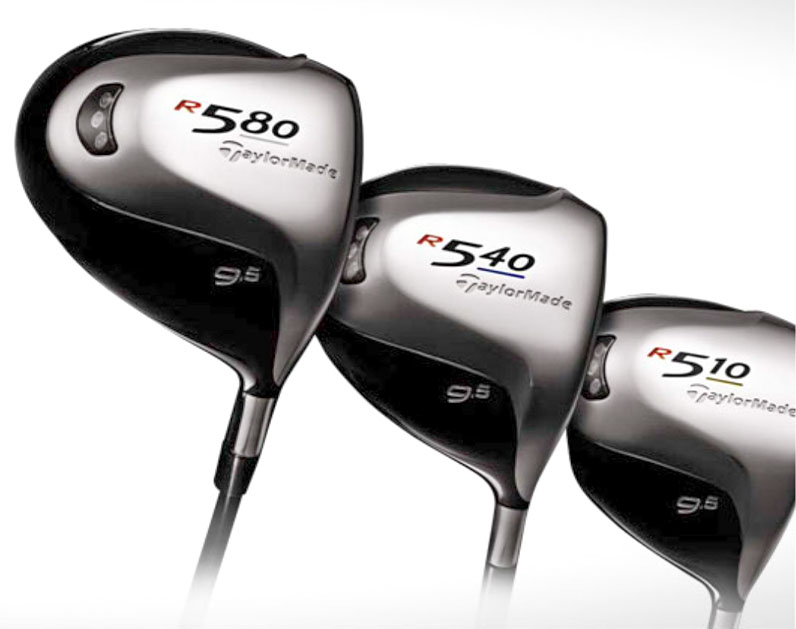

The R series continued to innovate the industry with the first moveable weight system introduced in 2004 with the R7.
The R series would continue through the years up to the R11 and R1 in 2012 and 2013.
TaylorMade M Driver History
Next came the unveiling of the M1 (a throwback to the original M1 “1 Metal” that started it all) in 2016.
The M1 introduced the fully customizable driver setup we see throughout the industry today. Complete with 2 separate slidable weights to change between draw, neutral, and fade bias; as well as high, medium, and low launch and spin settings.
The M series continued up through the M6 in 2019.
SIM 2 Driver Series
Just a few years ago, the SIM and SIM 2 series of TaylorMade drivers were released…
It started with the original SIM in 2020, followed by the SIM 2 in 2021. The big “new” tech this time was TaylorMade’s Speed Injected Twist Face Technology, basically improving the ball speed thresholds right up to the maximum legal limit.
Stealth Driver Series
And finally, perhaps the most exciting release in golf drivers history… the new carbonwood era!
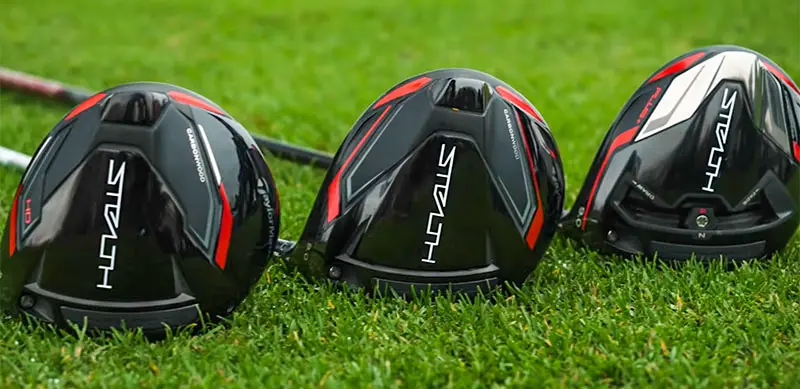

TaylorMade went out on a big limb, and decided to make a carbon fiber face (in secret I might add) for their 2022 driver release of the Stealth line up.
The TaylorMade Stealth driver is going to be the model most golfers should get. It’s the most forgiving and has a higher launch than the low spinning and low launch TaylorMade Stealth Plus driver model.
The TaylorMade Stealth HD driver is the model if you’re looking to either eliminate a slice, or simply just want to play mostly draws off the tee.
The next generation rolled out were the Stealth 2’s:
- The TaylorMade Stealth 2 Driver – Great mix of forgiveness and distance
- The TaylorMade Stealth 2 Plus – Sliding weight, pretty low spin, longest distances
- The TaylorMade Stealth 2 HD – Draw bias with high launch
Qi10 Series
Qi10: Suitable for a wide range of player skill, the Qi10 is the best blend of distance, forgiveness, and workability. Lower CG and higher MOI than Stealth 2 enhance forgiveness and stability.
Qi10 LS: For the better player looking to lower spin and get the most out of their swing speed. Sliding weight behind the face allows for a draw or fade bias. Low launch and more forgiving than the Stealth 2. Some of the best players use this club including Tiger Woods, Scottie Scheffler, and Rory McIlroy.
Qi 10 Max: For the mid to high handicapper that is looking for a draw bias and some help in the launch department. Nice high launch and mid spin to keep the ball in the air longer. TaylorMade claims this to be their most forgiving and consistent across the face to date.
Other Brand’s Drivers By Year
Check out the list of Callaway drivers by year here.
Check out the list of Titleist drivers by year here.
Check out the list of Cobra drivers by year here.
Check out the list of Ping drivers by year here.
Check out the list of TaylorMade IRONS by year here.


